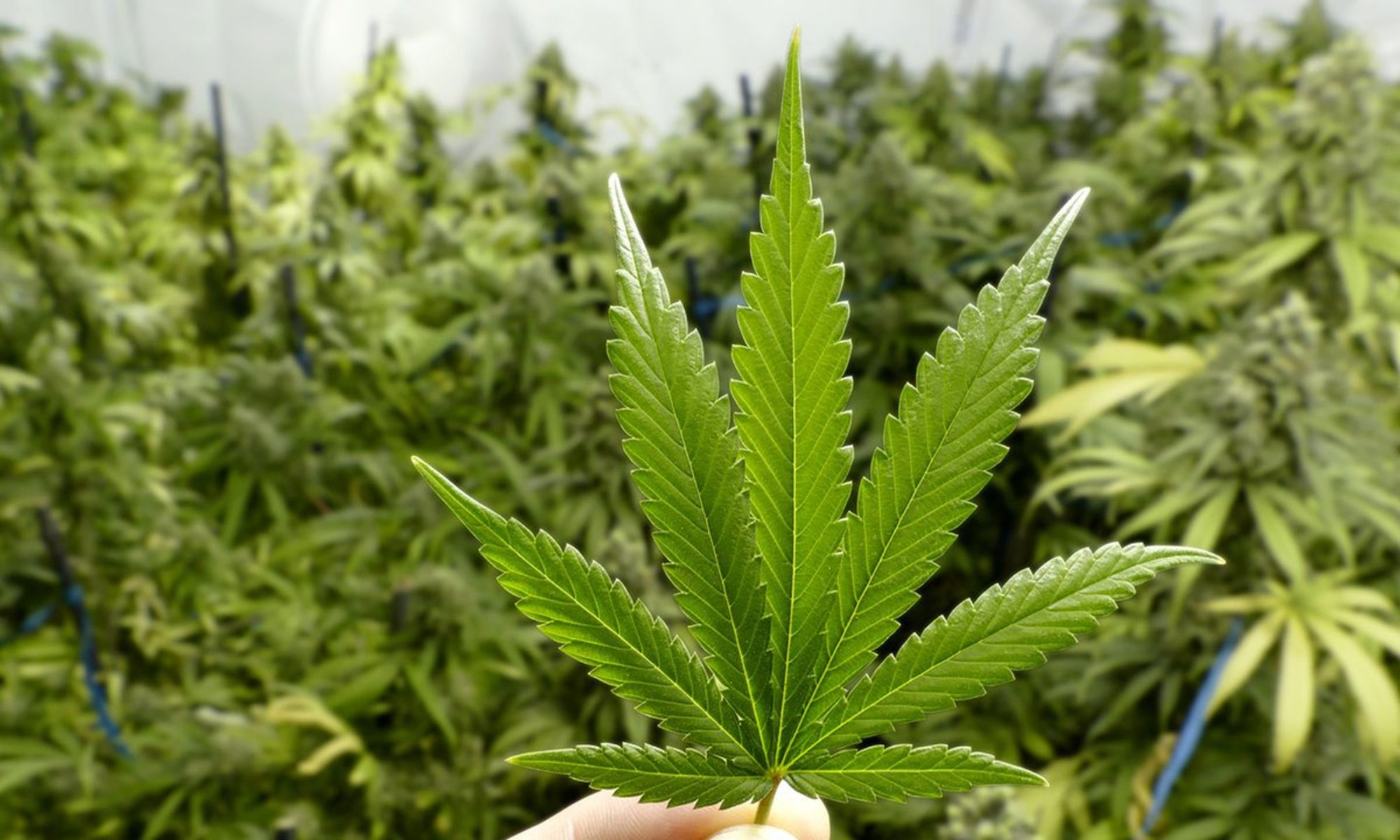Over the last two decades, as weed seed production has increased tremendously, many commercial and private organizations have begun to develop and sell high quality, hybrid marijuana seeds. For those of us who enjoy gardening, this can be exciting since most marijuana plants are very similar, save for their color and general looks. Many weed breeders have focused efforts on developing feminized and even just regular marijuana seeds over the past few years in an attempt to preserve genetic diversity in a field where genetic diversity is so important.

When selecting an original hybrid or an original genetic line of any marijuana plant, we are attempting to create an offspring that is more genetically diverse than its parents. This is not as simple as it may sound since the traits of each plant and each parent must be taken into consideration. The genetics of each type of plant are unique and not interchangeable with others.
A marijuana plant can have two parents, which are of a different breed. Sometimes this can be difficult to do because different marijuana strains vary in how they grow. Therefore, it is often more efficient to use a variety of plants from a specific strain, such as all of the plants from the same hybrid. One of the biggest differences between regular marijuana seeds is the way in which the marijuana plant is harvested. The most common of these types of marijuana strains is known as “shorty”, or “skunk”, because of the small buds it produces.
If you are looking to develop a true marijuana plant, then you will want to choose a strain that is a little more compact, meaning less leaves per plant. Most growers will try to breed a particular type of marijuana plant in order to produce only one or two buds. However, because marijuana plants grow in cycles, this is not always possible.
Weed breeders tend to take several plants from different strains and cross them together in order to produce new hybrid strains. This crossbreeding process results in more hybrid marijuana plants, especially when the traits of each parent plant are taken into consideration. After crossing the original parent plants, it is important to determine the characteristics of each of the offspring that was cross bred.
Marijuana plants grow in cycles, therefore, it is important to determine the optimum growing phase for each of the plants in order to maximize the number of buds per plant. Some marijuana growers combine the plants so that they will grow in a certain phase of growth, such as in the late summer, early spring or late fall. Other growers combine plants so that the buds will start to grow at different times.
For marijuana seeds, the time of day that the buds grow also plays a role in the potency of the marijuana plant. The earlier the time that buds grow, the higher the potency, but the buds grow shorter. The later the buds grow, the lower the potency. This is important to consider because the buds are smaller and therefore, less potent. Most growers will choose to use an ideal growing period and grow the buds during a specific time period.
There are also other factors to consider when choosing marijuana seeds to use for breeding, such as whether the plants were originally grown outdoors or indoors. Indoor marijuana plants grow in a closed environment, but outdoor plants are more susceptible to insect, fungal and bacterial infections. These conditions may affect the growth pattern of the weed, resulting in plants that are shorter in height and may produce lower-potency marijuana.

